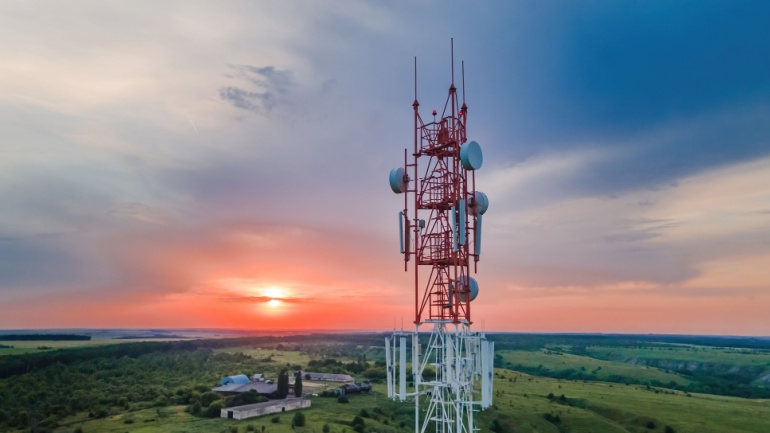The launch of the Bridge Alliance API Exchange (BAEx) by Bridge Alliance and Singtel introduces a revolutionary platform that simplifies API integration for multinational enterprises. Powered by Singtel’s Paragon orchestration platform, BAEx streamlines access to telecommunication network capabilities, accelerating time-to-market for new digital services. Optimize your operations with this cutting-edge VoIP solution.
T-Mobile US and KKR have formed a joint venture to acquire Metronet, an Indiana-based ISP with over 2 million households served. T-Mobile’s $4.9 billion investment for a 50% equity stake aims to leverage Metronet’s fiber network, expanding T-Mobile’s broadband services.
Nozomi Networks has unveiled the industry’s first OT and IoT security sensor, Arc Embedded, within Mitsubishi Electric programmable logic controllers (PLCs). This innovative solution provides real-time visibility and advanced threat detection, enhancing operational resilience. By directly integrating into industrial automation equipment, Arc Embedded accelerates threat response, ensuring robust industrial security.
TalkTalk, the UK’s fourth-largest broadband provider, is seeking £200 million in urgent funding to prevent collapse. Facing £1 billion in debt, the company aims to meet repayment deadlines by restructuring and attracting new investors. Despite serving 3.8 million customers, mounting debt pressures have amplified financial insecurities amidst fierce competition.
Equinix has announced its entry into the Filipino market by acquiring three data centers from Total Information Management (TIM) in the Philippines. This strategic expansion aligns with Equinix’s growth in Southeast Asia, supporting businesses to leverage digital opportunities.
BBVA has partnered with Telefónica to enhance its global cybersecurity operations through AI and process automation. This strategic move leverages Telefónica Tech’s advanced digital services to strengthen BBVA’s cybersecurity capabilities. With new facilities in Mexico replicating those in Spain, this collaboration aims to detect threats and protect data processing centers globally.
CommScope is strategically divesting its Distributed Antenna Systems (DAS) and Outdoor Wireless Networks (OWN) units to Amphenol for $2.1 billion, bolstering its focus on enterprise Wi-Fi and wireline telecom. This move aligns with CommScope NEXT initiative for portfolio realignment, ensuring enhanced financial stability and innovation in high-value sectors.
Huawei has initiated legal action against MediaTek over alleged patent infringement, signaling a strategic move to monetize its extensive patent portfolio. With around 140,000 global patents, Huawei generated $560 million in royalty fees in 2022. As geopolitical tensions rise, Huawei’s patent enforcement becomes key in maintaining revenue streams and competitive edge.
Omilia has launched Pathfinder, a groundbreaking tool designed to revolutionize Conversational AI (CAI) applications by reducing design and development time. Integrated into the Omilia Cloud Platform, Pathfinder analyzes raw data from files like PDFs and CSVs, automating the identification of customer intents. This innovation promises to enhance VoIP solutions by improving CAI deployment efficiency.
UScellular has teamed up with MxD to enhance private network technology in U.S. manufacturing. Utilizing advanced equipment at MxD’s Chicago facility, UScellular’s 5G network solutions aim to elevate digital manufacturing. This partnership highlights the fusion of private cellular tech with existing Wi-Fi systems, marking a significant advancement in Industry 4.0 communication.













